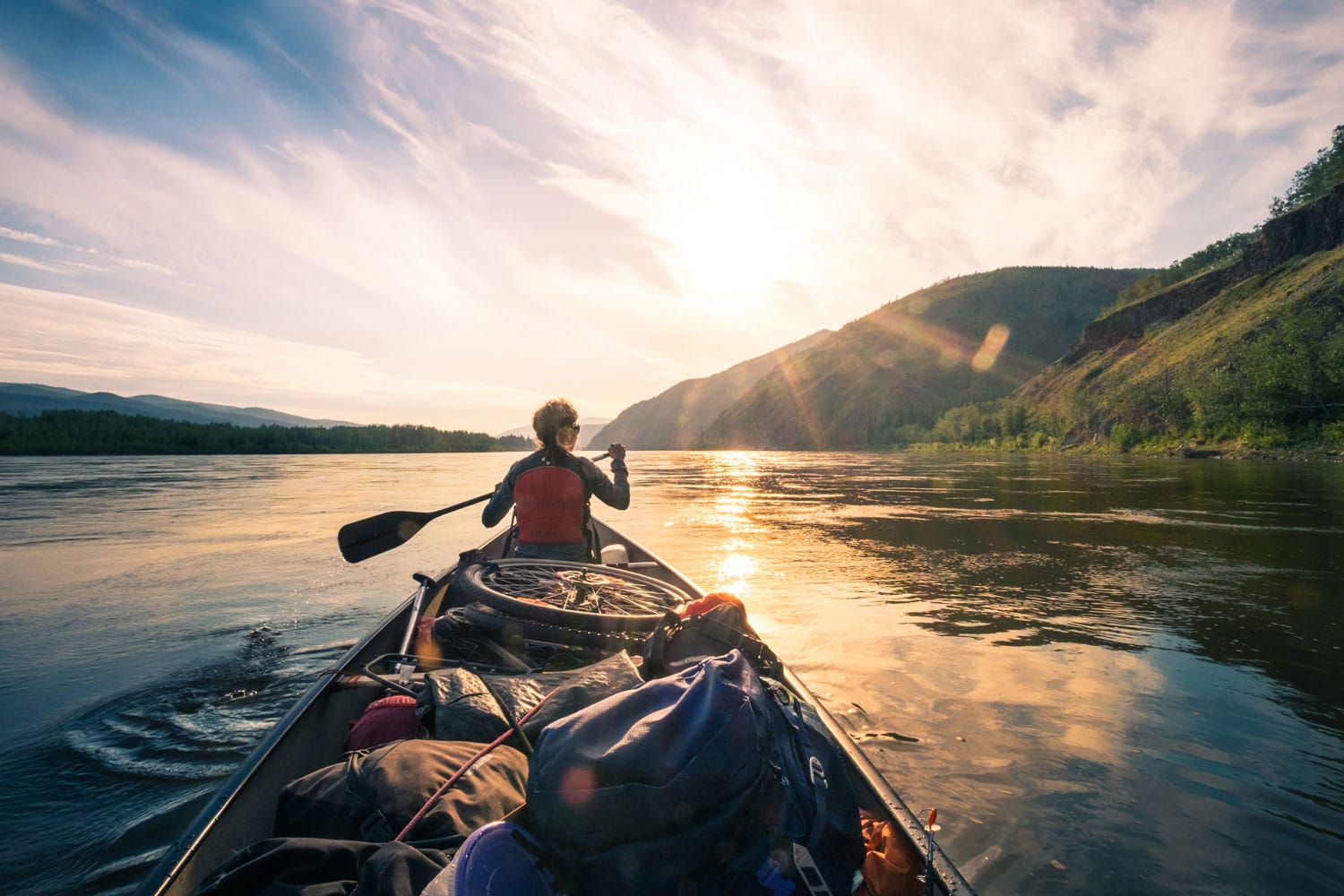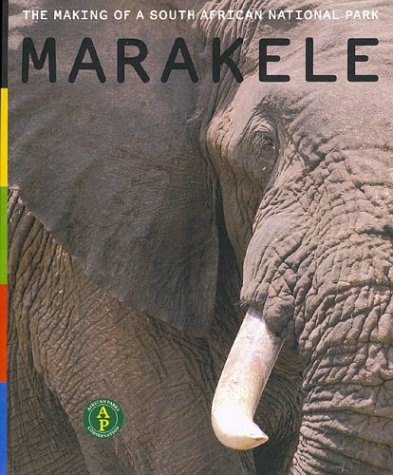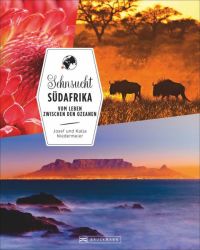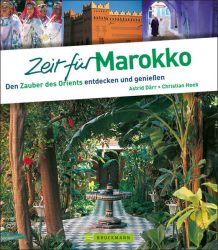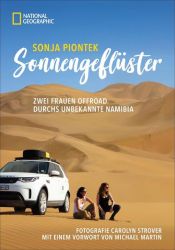The Marakele National Park in the heart of the Waterberg Mountains, as its Tswana name suggests, has become a place of sanctuary for an impressive variety of wildlife due to its location in the transitional zone between the dry western and moister eastern regions of South Africa. The park is characterized by contrasting majestic mountain landscapes, grass-clad hills, and deep valleys. Rare finds of yellowwood and cedar trees, five-meter-high cycads and tree ferns, are some of the myriad plant species found here. All the large game species, from elephants and rhinos to the big cats, as well as an amazing variety of birds, including the largest colony of endangered Cape vultures in the world, have settled here. Despite having one of the most overwhelming landscapes in South Africa, Marakele was heavily neglected until a few years ago. Together with the South African government, an exciting new model of private-public partnership was developed to help reinvigorate the park. Ideas first hatched in an inspiring conversation with President Nelson Mandela have since become a systematic and strategic approach that addresses pressing needs of people and animals in and around national parks in South Africa.
But wait, you are thinking, this is incredible--why am I reading about it in a catalogue devoted to books on contemporary visual culture? Because Marakele: The Making of a South African National Park is perhaps the most avant-garde animal book yet created. A feat of design and photo editing, it is a witty, sophisticated reinvention of a book form that rarely strays from the National Geographic model--at best. Dutch designer Irma Bloom has chosen 500 photographs, surprisingly detailed, sometimes funny, but always amazing, from 11,000 originals, and organized them following different themes: To Move, To Stand, To Crawl, To Wag, To Breed, To Flee, To Assemble, To Poo, To Yawn, To Hide, and more. The result is a touching and astonishing photographic essay about the animals that live in this wonderful park. Completing the book are a short essay about the project by Paul van Vlissingen, a list of all the species living in Marakele, and a DVD featuring "The Marakele Story" by Caroline Tisdall.




